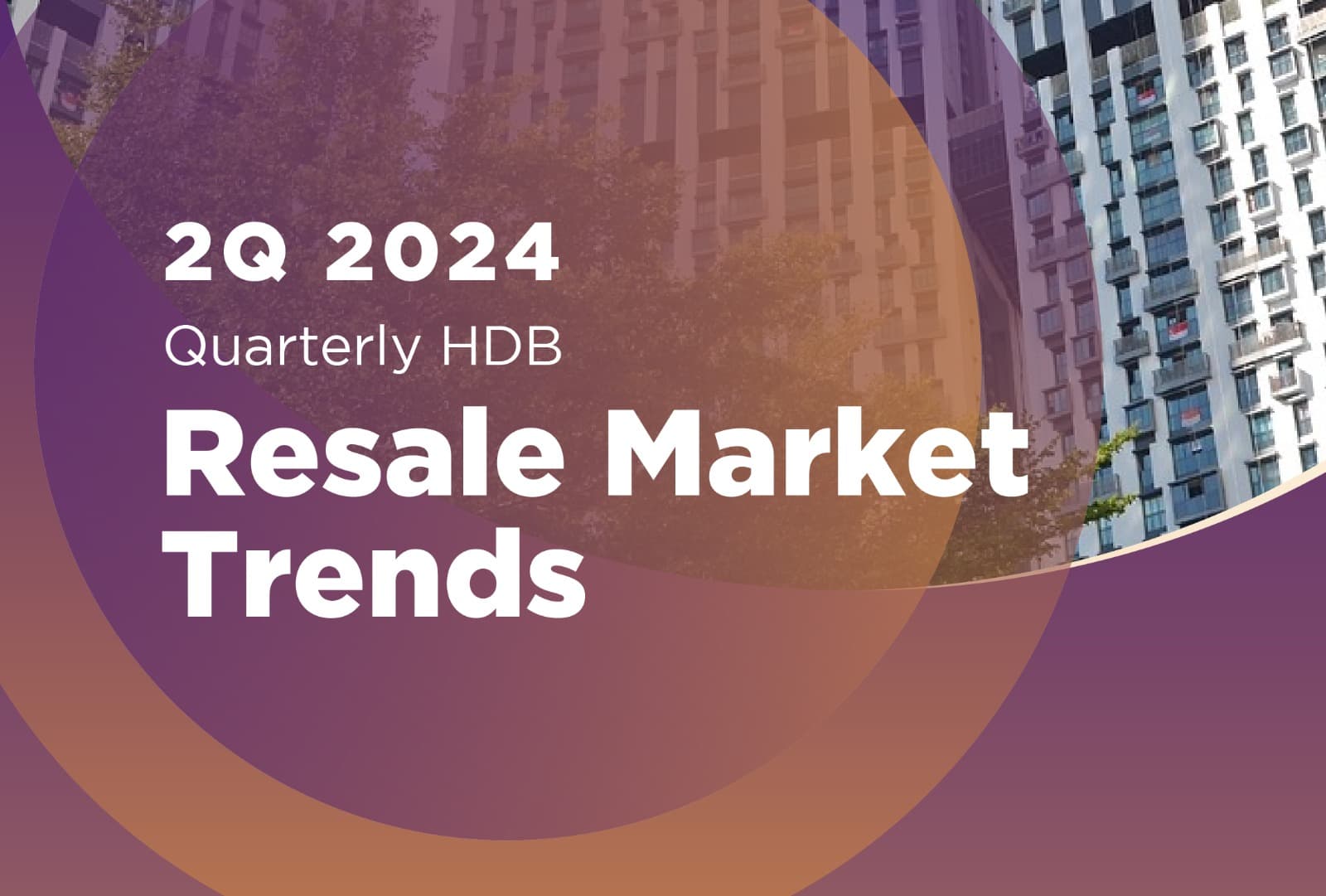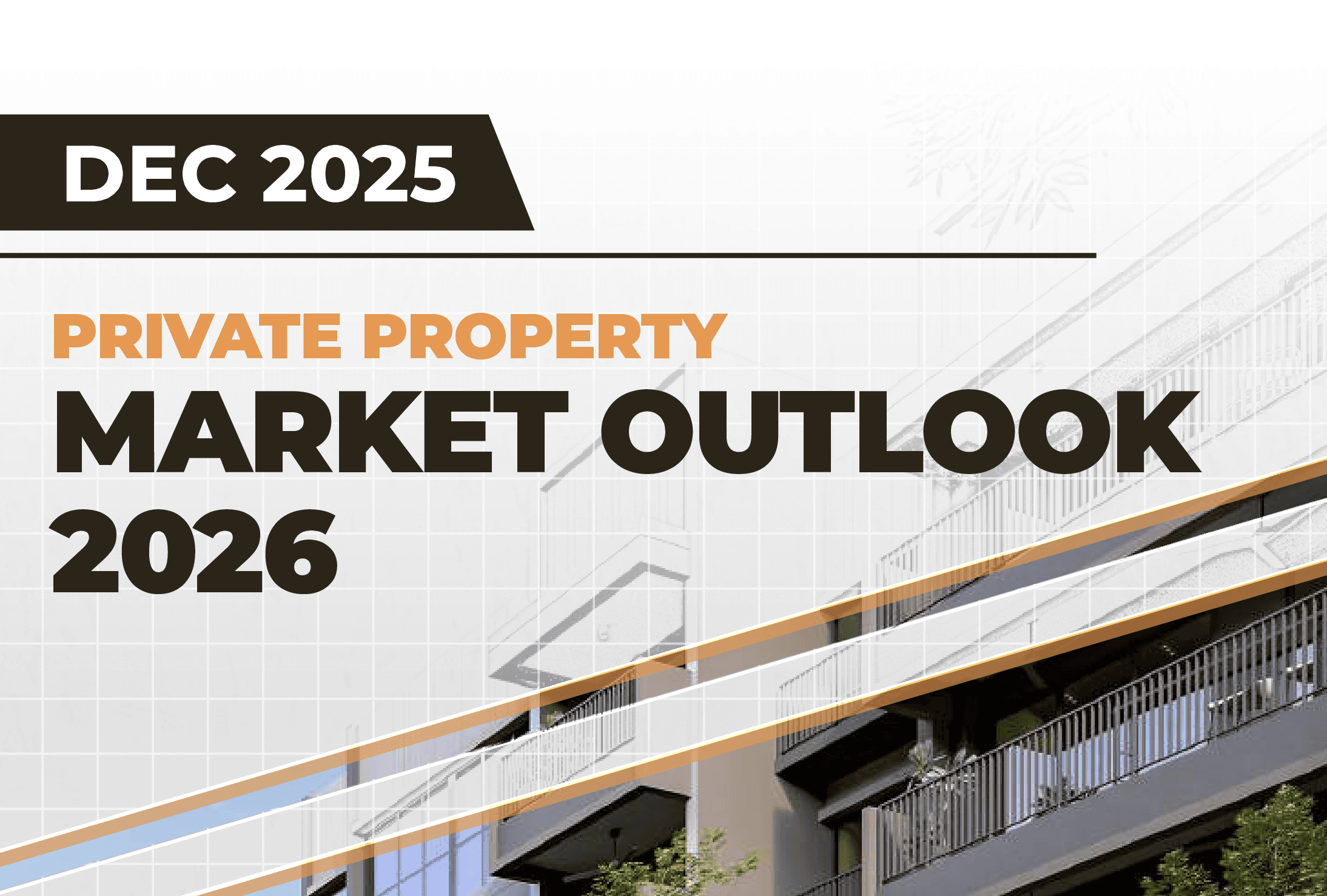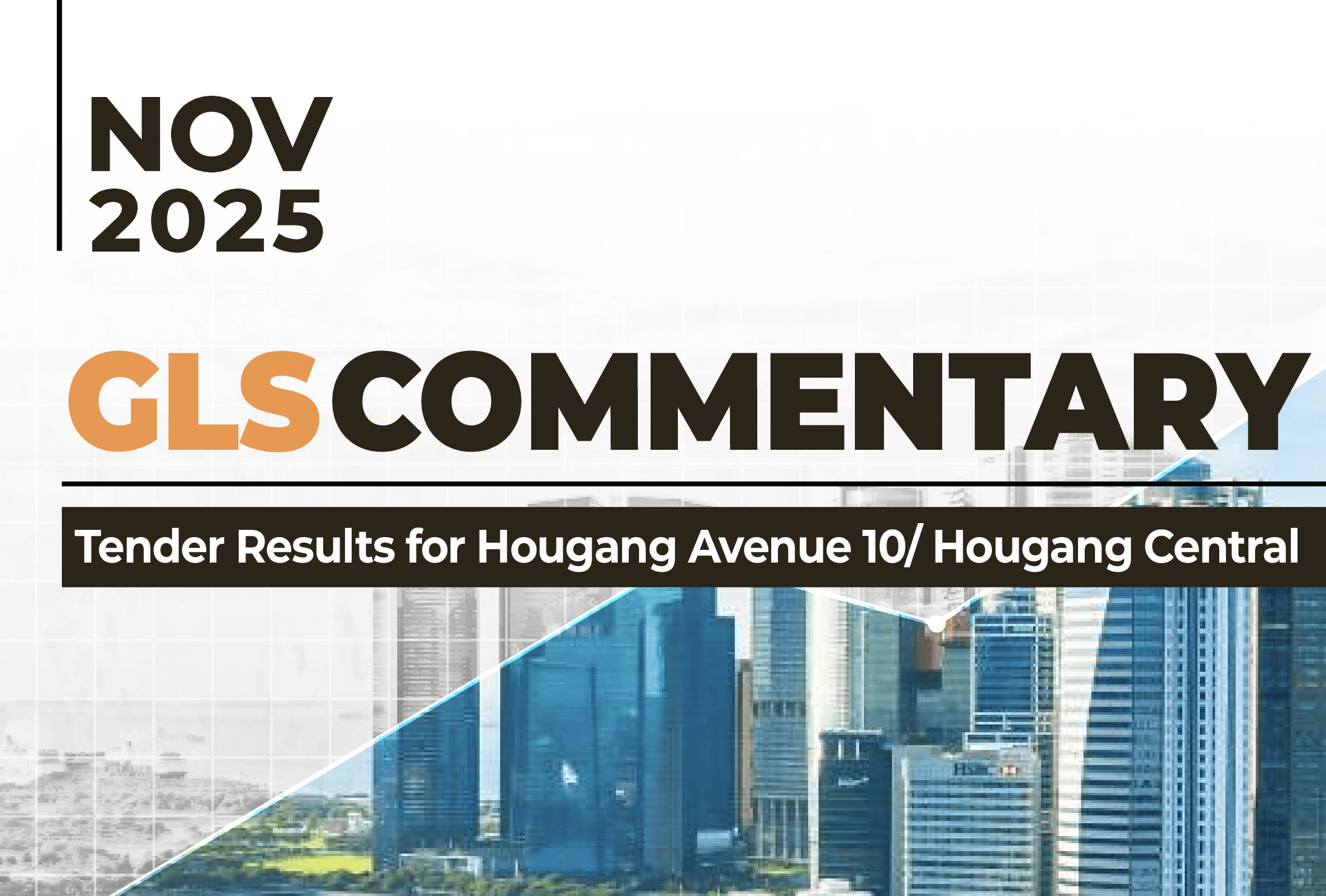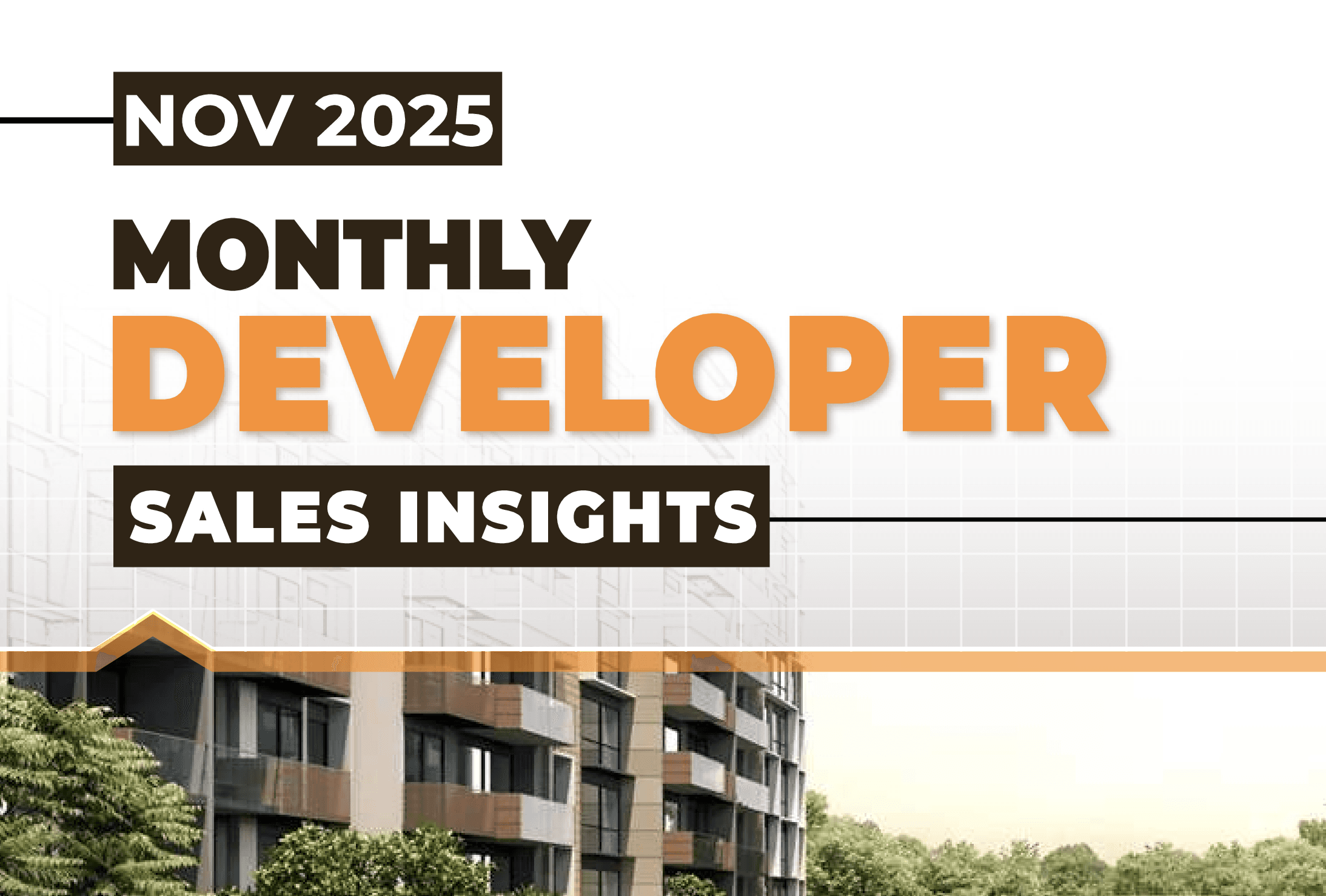The HDB resale market saw a steady rise in transactions during the first half of 2024, with a 6.9% year-over-year increase in the number of flats sold, totaling 14,420 units. This growth in sales was paired with a rise in resale prices, which increased by 4.2% in the first half of the year. The report outlines several potential factors contributing to the robust activity in the HDB resale market:
1. Expiration of the 15-Month Waiting Period: This policy, which ended in December 2023, had initially required sellers of private properties to wait 15 months before purchasing non-subsidized HDB resale flats. The conclusion of this waiting period likely spurred a release of pent-up demand, particularly boosting the number of transactions involving million-dollar flats.
2. Reduction in BTO and SBF Exercises: The lack of new Build-To-Order (BTO) and Sale of Balance Flats (SBF) options, particularly with the reduction of annual BTO exercises from four to three, redirected prospective buyers towards the resale market, further inflating demand.
3. Limited Availability of Flats Reaching MOP: Fewer flats reached their Minimum Occupation Period (MOP) in 2024 due to a drop in completion numbers five years prior, creating increased competition among buyers for available units.
4. Increased Interest in Older Flats: Older flats, particularly those with lease commencements prior to 1990, have become more attractive due to their affordability, comprising 39.3% of the transactions in the first half of 2024. These flats cater to different buyer segments, including older buyers looking for shorter leases that align with retirement plans.
The rise in million-dollar HDB transactions was particularly notable, doubling from 208 in the first half of 2023 to 419 in the same period in 2024. This trend is attributed to sustained interest in larger and newer flats in prime locations, which command higher prices due to their desirable attributes.
Despite the high-profile nature of million-dollar deals, they represented only a small fraction (3.0%) of the overall transactions. The majority of sales occurred in the more moderate price range, with 41.7% of the transactions between $400,000 to just under $600,000. This reflects a diverse and vibrant market accommodating a broad spectrum of financial capabilities and buyer needs.
Looking forward, the HDB resale market is expected to remain resilient. The absence of a BTO exercise in August 2024 and the reduction of SBF exercises to once a year may prompt more prospective buyers to consider the resale market, especially those in urgent need of housing. This scenario is anticipated to keep prices competitive due to a balanced demand-supply dynamic.
Overall, the HDB resale market in the first half of 2024 demonstrates a healthy mix of rising demand, robust transaction activity, and a market that caters to various buyer preferences, suggesting a positive outlook for the remainder of the year.
Click here for the full report
Prepared By:
Mohan Sandrasegeran
Head of Research & Data Analytics




